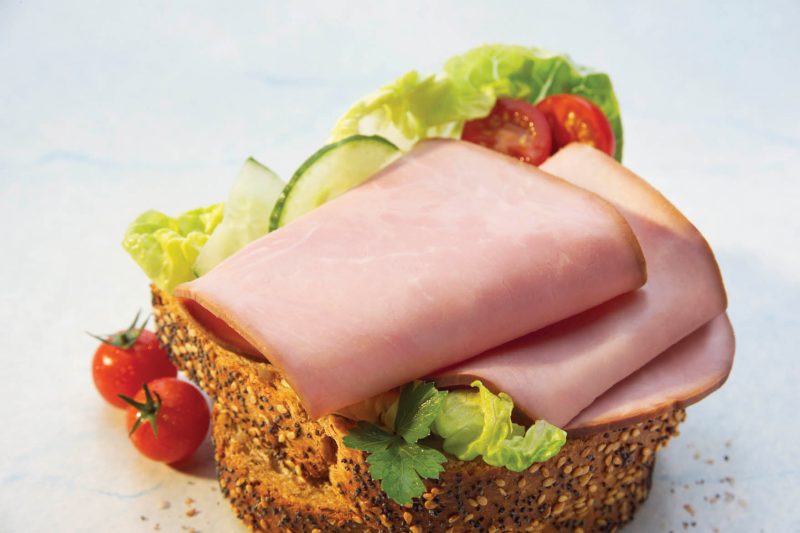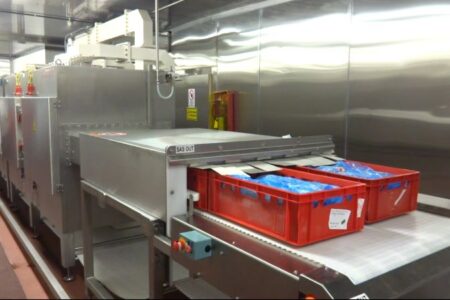Meat treats

Capturing convenience in meat products, by Steve Mott, technical director – proteins, ADM.
Although the global meat market has been faced with a number of challenges in recent months, the outlook remains positive. Meat products enjoy continued popularity – especially in developing economies – and also help processors to capitalise on wider consumer trends, such as the surge in demand for protein rich products.
According to Datamonitor, the European poultry, fish and meat market was worth an estimated $192.5 billion in 2013, and it is predicted to grow to $210.4 billion by 2018 [1].
On the go opportunities
Convenience continues to drive global innovation, with two thirds of consumers in countries such as Germany, Italy, France and Spain now looking for products that are easy to prepare [2]. People are looking for quick, ready to go foods that have great taste and texture, and, as a result, the convenience foods segment is forecast to experience strong ongoing growth.
In the UK alone, the market is expected to be valued at £49 billion by 2019 – an increase of more than 30 per cent compared to 2014 [3]. The category includes canned and frozen foods, as well as ready to eat snacks and meals. Meat features heavily in many of these products, which include applications such as fried chicken, kebabs, pizza toppings and microwave meals, like lasagne.
Related to the convenience trend is the rise in popularity of meat snacks, such as beef jerky, with annual sales growth of 20 per cent between 2012 and 2014 [4].
Often, meat snacks are marketed on a high protein positioning and Innova Market Insights established that more than half of the products launched in the US between April 2014 and April 2015 contained proteins [5]. The European market, mainly dominated by salami style products, is still in its infancy but has showed encouraging growth.
As stated in Nielsen’s latest findings, 45 per cent of respondents now consume snacks instead of a meal as it better fits into hectic and fast paced lifestyles [6].
Snack food is thus an ideal platform for food manufacturers to engage with consumers. High protein snacks open the door to numerous opportunities, such as the health and wellness trend and preferences for complex flavour options.
Meat processors’ challenges
Cost remains a key consideration for all consumers, and meat processors that want to profit from the on the go trend need to find a way to match organoleptic expectations with an acceptable price.
With fluctuations in raw material prices due to high margins and unpredictable weather conditions affecting animal feed supplies, it can be difficult for meat processors to ensure they remain profitable. There are a number of ways of countering rising costs, including improving yield by incorporating cost effective ingredients that can extend or optimise meat products, whilst also continuing to appeal to shoppers.
Other key considerations are maintaining a meat like texture, appealing flavour and a good colour range in order to ensure consumer acceptance. It is therefore crucial for meat processors to use economical, highly functional and nutritious ingredients that are easy to incorporate into recipes without additional capital investment or significant process changes.
A formulation for success
Functional soya proteins can help meat manufacturers to answer these challenges, as they deliver numerous benefits when used to replace, extend or optimise the organoleptic characteristics of meat.
Such ingredients have a nutritional value comparable to high quality animal protein sources like beef or milk, whilst offering significant cost savings.
With the potential to aid water absorption and binding as well as gelation, emulsification and cohesion, functional soya proteins enhance eating quality by improving the structure, mouth feel and bite as well as delivering increased product consistency and shelf life.
ADM offers a portfolio of functional soya protein ingredients that includes Arcon soya protein concentrates and textured concentrates, which can be tailored to meet product specific needs.
Suitable for a range of meat applications, including ground meats and snack foods, Arcon T, for example, is a textured soya protein concentrate with a neutral flavour profile available in a variety of sizes and colours. Its meat like texture promotes moisture and fat retention while promising an excellent mouth feel.



